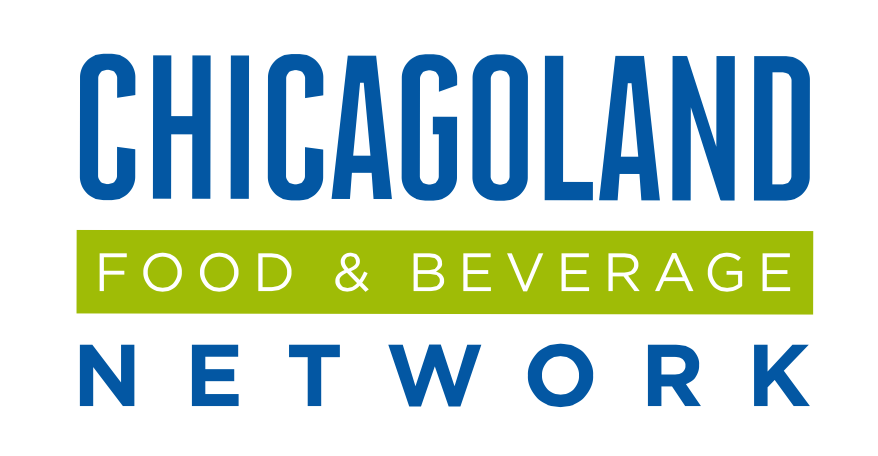 According to research by Forbes, 60% of consumers buy products and services from companies that are socially and/or environmentally responsible. This is a big deal as companies are finding out that if they are sustainable, they can attract more customers and increase their revenues.
According to research by Forbes, 60% of consumers buy products and services from companies that are socially and/or environmentally responsible. This is a big deal as companies are finding out that if they are sustainable, they can attract more customers and increase their revenues.
In our last article for Chicagoland, we talked about the new type of consumers rising in the past few years: the conscious label-reader ones. They care about sustainability, where their food comes from and eating better.
In this article, we are going to talk about the same subject, sustainability and traceability, but this time from a business perspective and regarding the production process. How green can your supply chain be? Do you know how to identify points of improvement and actually improve them? Keep up with us to check this out!
Sustainability and traceability
According to the United Nations Global Compact, traceability is: “The ability to identify and trace the history, distribution, location and application of products, parts and materials, to ensure the reliability of sustainability claims, in the areas of human rights, labour (including health and safety), the environment and anti-corruption.”
The value of traceability in regards to sustainability comes from a traceable system and the reliable information coming along with it. Third-party certifications are able to confirm any claims being made whenever material sources and production techniques are verifiable.
Supply chains continue to expand their complexity, with almost all products requiring the collaboration of multiple businesses to complete the development of raw materials into final goods.
This article by Riverlogic shows us the importance of certifications across the supply chain: “Third-party certifications add trust to an otherwise opaque system from the consumer’s view. They allow businesses and their customers to unite behind common goals and values, which in turn can significantly increase brand value. These certifications can be used to verify claims relating to all four ‘pillars’ of sustainability. You may be familiar with some, like verified organic produce, sustainably harvested timber and fair trade practices, but there are hundreds of others.”
Is your supply chain green?
The answer to this question is different for every company and depends on many factors, such as the source of raw materials; what the chain of producers and suppliers looks like; how much energy is consumed in the production process; among other things. The supply chain is generally made up of raw material suppliers, manufacturers and retailers – but the risks and opportunities can extend well beyond this.
From a product point of view, when going through an analysis of the supply chain, some companies might think that theirs is too complex to have their sustainability claims verified. However, there are a few models to help you with that job:
-
Product segregation: Using this model, all verified materials are separated from those that are not, never to be mixed again. A model like this is very important for industries like the food and beverages ones, where claims regarding organic, kosher, vegan, and halal products must be strictly enforced.
-
Mass balance: The Mass Balance model focuses on the ratio of certified and uncertified materials, which can be mixed, as long as the final claims maintain the ratio/percentage of the inputs.
-
Book and Claim: This model allows sustainability certificates to be earned and sold. It is used when supply chains are too complex to reasonably maintain product verification of any form.
By taking into account all key elements of a supply chain, businesses are able to assess their current level of performance and determine what needs to be done and when.
How can you push it forward to improvement?
Many brands are now adopting better managing strategies throughout their supply chain giving them transparency and traceability. Benefits of this strategy include:
-
A quick and easy way to identify and assess your environmental risks;
-
A framework for regular improvement and an easy way to benchmark other organizations in your sector. This also makes whether you are making good progress very clear
-
Improved efficiency in your supply chain – freeing up time for more important tasks;
-
Reduced risk of regulatory sanctions or consumer boycotts over issues such as sourcing, workers’ rights, deforestation, etc.
Quality management software
A software that helps you manage certificates and supplier documentation, by automating this work, can give your company time to bring improvements to production.
Otrafy is an AI-powered supplier management system that manages and optimizes supplier quality assurance processes. It provides actionable insights to mitigate vendor-associated supply chain risks. Otrafy also allows users to ditch other tools, such as Excel and email.
More than that, Otrafy helps you collect the data necessary to certify that your supply chain is green in a readable format with Otraforms. These added features mean fewer files, data centralization, and more convenience — all in a single interface. It’s the perfect tool for an environment with growing regulatory requirements and more demanding consumers.
Reach out to info@otrafy.com to know more about us and what we can do for your business.
